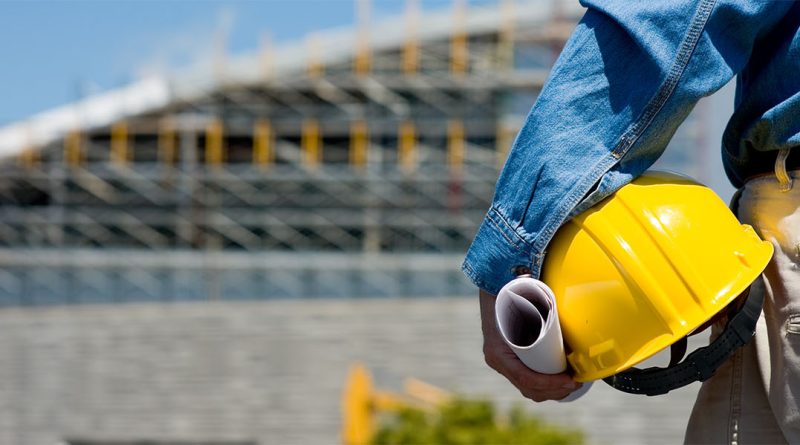US Tariffs Cast a Shadow Over UK Construction Growth Prospects
Subscribe to our free newsletter today to keep up to date with the latest construction and civil engineering news.
The international construction sector has entered an era marked by heightened uncertainty, as US trade tariffs send ripple effects across global markets. Although the United Kingdom’s direct reliance on American construction materials remains relatively modest, the broader economic instability generated by these trade tensions is beginning to erode confidence and stall activity across the UK building industry.
The limited direct impact masks wider economic risks to UK construction
In material terms, the volume of construction imports from the United States to the United Kingdom is minor. However, the bigger concern lies in the disruption to international trade flows and investor sentiment. According to recent reports, the UK’s composite Purchasing Managers’ Index (PMI) fell to 48.2 in April 2025, slipping below the neutral threshold of 50 and signaling contraction. Although domestic factors also play a role, trade policy uncertainty has emerged as a significant destabilizing force, amplifying caution among developers, investors, and contractors.
The construction sector, typically sensitive to macroeconomic trends, has been particularly exposed. Developers are deferring investment decisions, while lenders are tightening conditions, anticipating further volatility. This growing aversion to risk threatens to curtail not only current projects but also pipelines of future development.
Declining project starts and tightening investment paint a concerning short-term picture
One of the clearest signs of stress in the market is the year-on-year decline in new project starts. In the first quarter of 2025, UK construction project commencements fell by 21 percent compared to the same period the previous year. This contraction, largely attributed to economic uncertainty and tariff-driven fears, underlines how deeply the market’s confidence has been shaken.
Developers are increasingly factoring trade policy instability into their risk assessments, delaying major schemes or scaling them down. Without robust pipelines, the construction sector’s contribution to GDP, job creation, and regional regeneration risks diminishing at a time when broader economic resilience is crucial.
Material price trends offer a mixed but fragile reprieve for construction costs
Some counterbalancing trends have emerged in the form of modest declines in construction material prices. Government data shows that certain categories, such as fabricated structural steel, have experienced notable price drops, likely influenced by reduced demand from overseas buyers, including those in the United States.
However, this trend is uneven. Costs for other imported materials remain high, due in part to supply chain complexities and shipping disruptions. The overall reduction in input prices has not been enough to offset the broader slowdown in activity. Moreover, builders and developers remain wary of potential future spikes, especially if tariffs escalate or new rounds of trade negotiations falter.
Positive medium-term forecasts offer cautious optimism for recovery
Despite the immediate headwinds, forecasts suggest that the construction sector may weather the current turbulence and gradually regain momentum. Industry analysts predict a 2.5 percent increase in UK construction output by the end of 2025, supported by resilient public infrastructure spending and long-term housing demand.
Nevertheless, the trajectory of this recovery is far from guaranteed. Much will depend on broader global trade developments, including whether the United States pursues additional protectionist measures or seeks to de-escalate existing disputes. In the meantime, UK policymakers and industry leaders will need to focus on strategies that shore up domestic investment, streamline planning processes, and stabilize supply chains to safeguard growth.
Sources:
